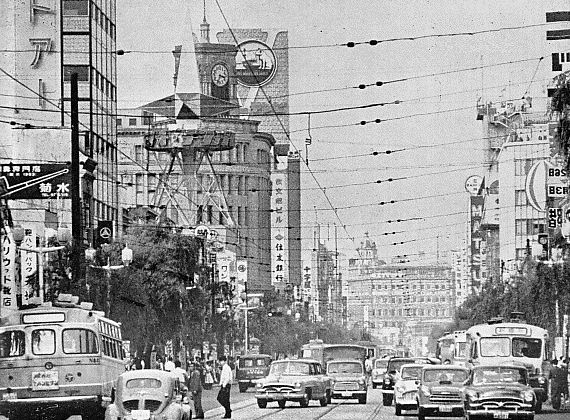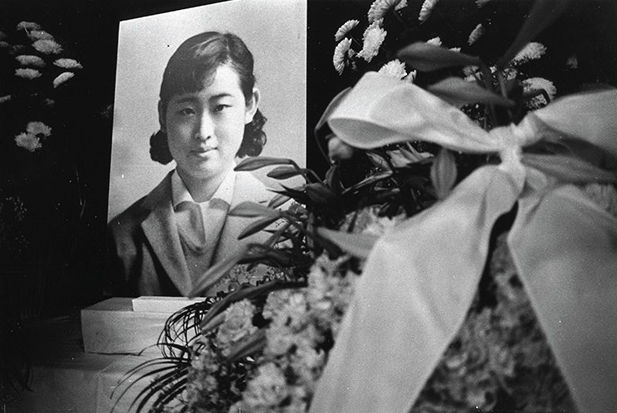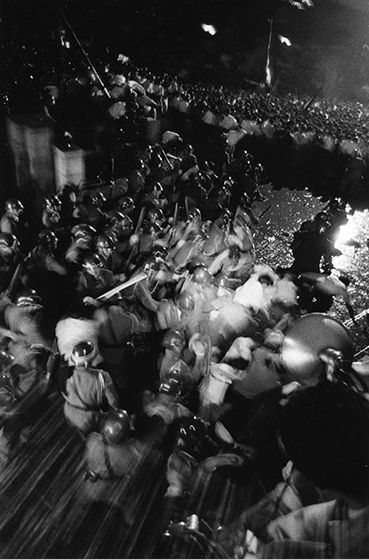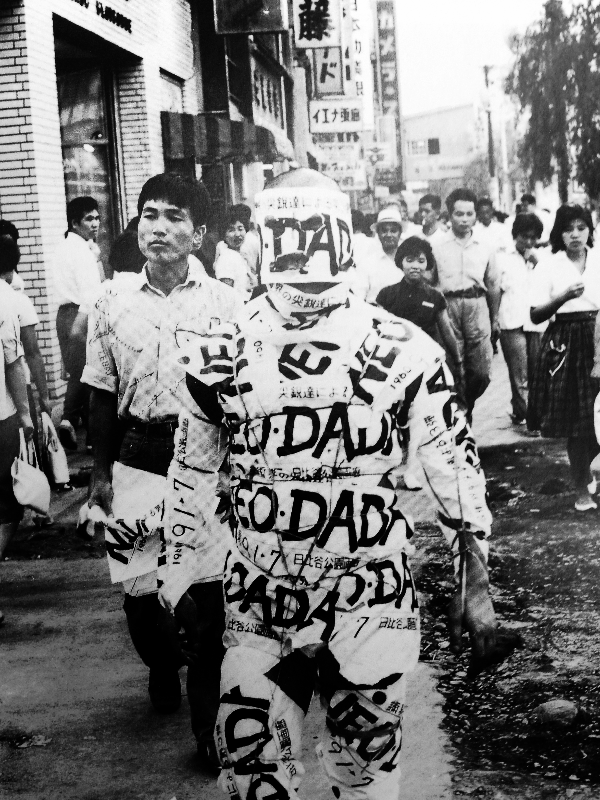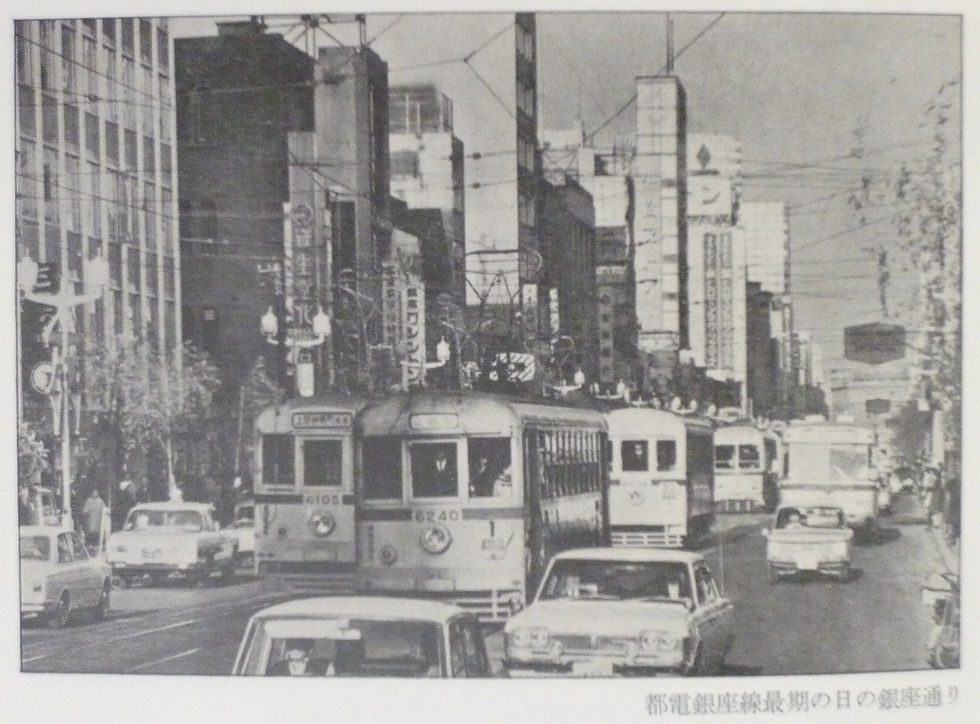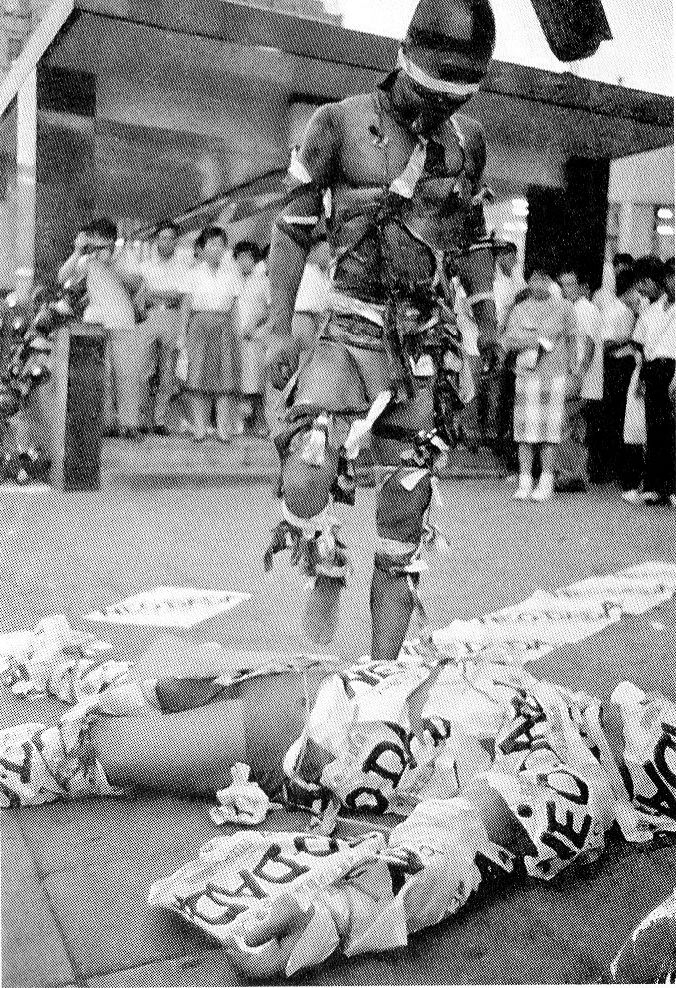

The Neo-Dada “art actions” were held in public spaces throughout Tokyo, often in very busy urban areas, and were meant to shock the audience with impulsive, disturbing performances.

Amidst the social and political tumult of 1960s Tokyo, a group of artists who called themselves “NeoDada,” began to experiment with new kinds of artistics modes that blended the avantgarde with elements of social protest.

The crowd congregated with a collective belief, sought for mutual supports, and demanded to express their discontent with the dictatorial politics. They stood hand-in-hand and clashed head-on with the police using their body as the medium for political expression. In this way the living body—as both the user and producer—endowed the space with new social order while also creating new space through the appropriation of the built environment.
